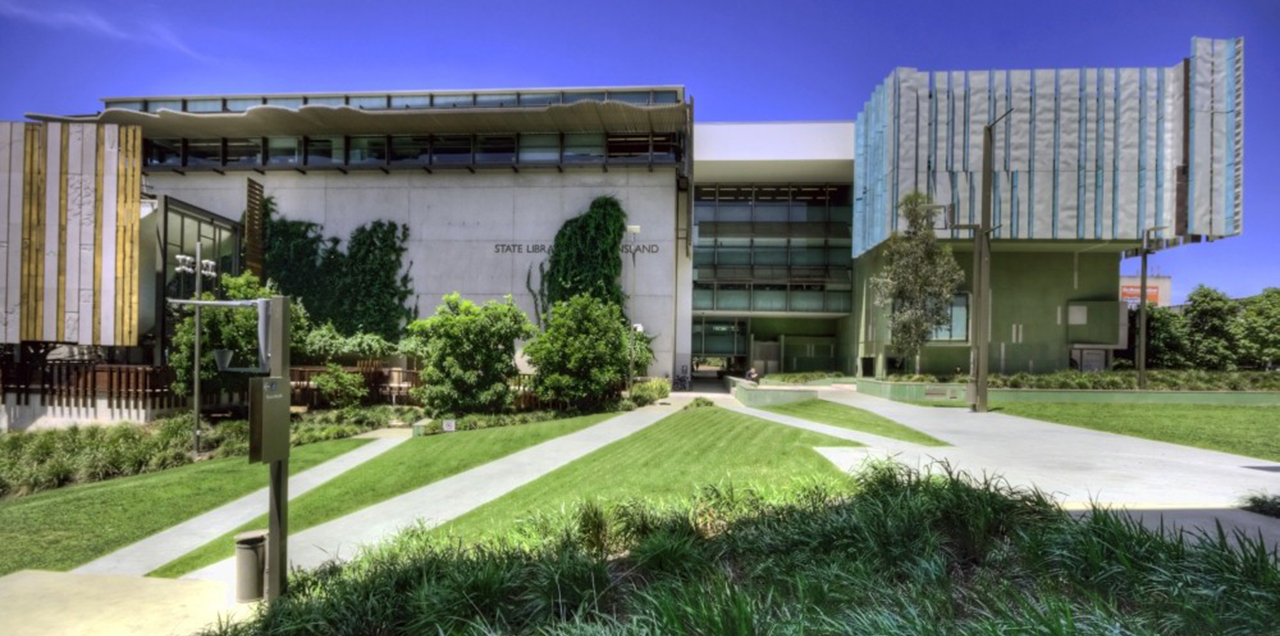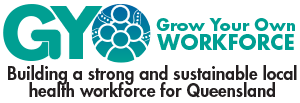State Library Queensland
(Non-Health Industry)
- Inside-Up
- Public Sector
- Brisbane and Cairns

The Challenge
The State Library of Queensland’s (SLQ) Strategic Workforce Plan 2012–15 highlighted that a significant proportion of their workforce was aged 50 years or older. SLQ was concerned about the retention of staff with knowledge and experience in the organisation, and for these staff members to continue to be fully engaged, work to their capacity and have a focus on career development.
The Solution
- To support the mature workforce in an engaging, supportive and flexible way
- To encourage staff to focus on career progression by providing career coaching and supporting them to create personal development plans
- To increase staff engagement by recognising careers within a whole-of-life, big picture context.
Implementation
SLQ initially introduced the Encore program, which targeted staff aged 50 years and over, and encouraged staff to consider their future using a “whole-of-life” approach. This later evolved to the Big Picture program, which was made available to all staff in recognition that issues of motivation and direction can impact any cohort regardless of age. The program involves external coaches and looks at careers alongside other priorities such as family, leisure, community, and financial, physical, emotional, mental and spiritual wellbeing. Big Picture provides an opportunity to better understand the needs and motivations and long-term plans of staff members. This supports workforce planning and program delivery.
Organisational strategies
- The program is promoted across the organisation and is open to all staff and voluntary to join. There are some limits on the number of participants each year, based on funding.
- To support the sustainability of the program, costs are shared between the SLQ’s People, Projects and Learning Team and the participants’ work unit.
- The program uses external coaches to reduce internal pressures on capacity.
Partnership strategies
- SLQ works with a pool of coaches external to the organisation. This provides an opportunity for participants to choose a coach to best meet their requirements.
Program design strategies
- Participants who wish to participate are encouraged to talk to their supervisor, and both receive an introduction to the program from the People, Projects and Learning Team.
- SLQ has made a range of tools and materials available on their intranet that participants can access in preparation for the coaching sessions. These tools are designed to maximise the benefit of the coaching sessions.
- Participants have three one-hour confidential face-to-face sessions with their chosen coach, to develop their individual Big Picture action plan. Participants are encouraged to complete the three sessions within two months.
- Participants can attend coaching sessions in work time. Any further research is to be completed in their own time.
- Participants are invited to have a relaxed conversation with their supervisor and a People, Projects and Learning Team representative, to talk about any part of their Big Picture plan they wish to share with SLQ. This is followed by a conversation between supervisor and participant and final feedback, six weeks after completion.
- Engagement with internal supervisors and the People, Projects and Learning Team before and after the coaching sessions helps to support relevant work-related outcomes where appropriate.
Results
- 21 people have participated in Big Picture Program since its inception.
- A formal evaluation was conducted after the pilot program and feedback from participants and supervisors has been very positive. With one participant stating: “I have a strategy now that includes small achievable steps that will help me go some way to achieving my goals”.
- Another participant created a plan to pursue opportunities to act in higher-level positions to gain more skills.
Lessons Learned
- Support supervisors and management to understand the program and promote it within their teams.
- Monitor for and mitigate stigma associated with the project (i.e. the program is not designed to move people out of the organisation).
- Universal eligibility encourages acceptance and take up.
- Support participants to implement work-based plans.
- Strategic workforce planning enables the identification of and responses to emerging workforce issues.
REQUIREMENTS FOR
REPLICATION
Do you…
- have an organisational culture, supervisors and management willing to support and promote career development?
- have an established performance review and development process?
- have access to appropriate and sufficient coaches external to the organisation?
Can you…
- plan for progression and development?
CONSIDERATIONS FOR PROGRAM SCALING
Do you…
- have the financial and personnel resources needed to support the program size?
- have capacity to develop online resources?
- have management with the capability to support participants?
POTENTIAL RISKS
What if…
- staff are not willing to engage in the program?
- staff have expectations that all elements of enacting their plans are resourced or funded by the organisation?
- progression points are unavailable within the organisation limiting career progression options?
